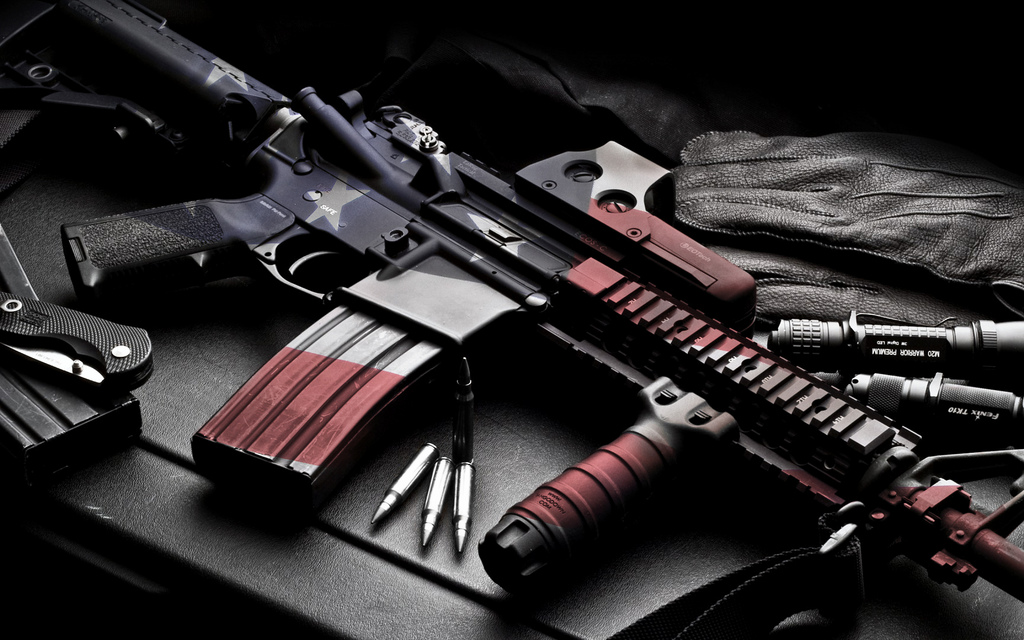“In America, it’s bling-bling, but here in Africa, it’s bling-bang,” says a cool Leonardo Di Caprio in a very well done South African accent. The 2006 drama Blood Diamond set in Sierra Leone features a South African mercenary turned blood diamond smuggler played by Di Caprio and follows his quest for the “largest diamond he’s ever seen.” The intent of the film was not to draw attention to the blood diamond industry but the writer, Charles Leavitt, decided that he wanted to portray the diamond industry accurately. In particular, he managed to piss off global diamond industry giant De Beers, a company that specializes in jewelry, diamond exploration, and diamond mining. For those who don’t know, De Beers quite literally invented the engagement ring. The film managed to actually use De Beers as the “greater evil” that would eventually purchase the diamond sought by Di Caprio’s character. In order to really appreciate the film, you must first understand the subject matter, blood diamonds.
What is a blood diamond? Generally speaking, a blood diamond is like any other diamond except it’s a diamond that is mined and sold in order to fund conflict or war. Almost exclusively mined in African nations, sometimes they’re called conflict diamonds, hot diamonds, or war diamonds. If you haven’t heard of them, prepare yourself. They are nasty. These diamonds are mined by warlords or dictators. They are sold in order to fund war, but not just any war, very “dirty” wars. The features that define these conflicts include widespread rape, civilian murders, bodily mutilation as punishment, the use of child soldiers, and genocide. Historically, these conflict diamonds have ended up in the pool of legitimate, commercially available diamonds (mostly due to the fact that the industry was grossly mismanaged and partially due to the fact that this issue received very little attention until about 1998). This means that there are men and women out there walking around with a wedding band or an engagement ring that contains a stone mined to fund a violent conflict in Africa. Years before the film Blood Diamond, the industry fell under incredible scrutiny. The United Nations, many non-governmental organizations, and the diamond industry came together and started something called the “Kimberley Process Certification Scheme” of which Canada was a major supporter. The intent of the KPCS was to ensure that “rough” uncut diamonds were coming from non-conflict sources. Due to the nature of the countries these diamonds were coming from, the process largely failed and in most cases, the trade in conflict diamonds still occurs. In a 2015 study, the “Enough Project” said that the main armed groups in the Central African Republic reap anywhere between $3 million and $6 million annually from blood diamonds that fund war operations.
If you think there is something uncomfortable about blood diamonds, you would be right. There is a trail of money that can be followed all the way from your local jewelry store to a war crime thousands of miles away. There is even the potential that you’re arming a child soldier when you shop at Tiffany’s*.
Unfortunately, blood diamonds seem to be the only conflict mineral that has received much attention in the last couple decades. I had been aware of blood diamonds but until last year I was completely unaware of the existence of the other so-called “conflict minerals.” If you thought that diamonds were bad, the other conflict minerals — gold, tantalite, wolframite, and cassiterite — are infinitely worse. They are exactly like blood diamonds; they are mined in conflict zones to fund conflict. But unlike diamonds, they are in everything. These four conflict minerals can be found in a number of products from pacemakers and hearing aids all the way to air bags and golf clubs. It is nearly impossible to avoid purchasing these products.
In particular, it seems that gold as a conflict mineral is far more lucrative than diamonds and is also far more difficult to trace. There is no jewelry industry standard that requires gold to be labeled by country of origin which means that conflict gold can (and is) mixed in with the pool of commercially available gold. The Eastern Congo is a massive hub for conflict minerals and securing gold mines has become an almost overwhelming military objective of the forces involved in the conflicts there. According to a UN report, nearly all of DRC’s artisanally sourced gold was exported illegally in 2013. Anywhere between three hundred million and six hundred millions dollars in gold are smuggled out of the DRC each year.
The abuse of these blood resources occurs almost exclusively in Africa. In fact, the countries that they are found in are often said to suffer from a “resource curse.” Although in more stable regions these minerals would be seen as a huge economic benefit, due to the political situation in most of the countries conflict minerals are found in, they only serve to perpetuate violent conflict.
The possible solutions to the problem of conflict minerals are numerous and there is not one, cure-all answer, especially considering that the five major conflict minerals discussed here vary greatly in their uses. Other than full-blown revolution and massive democratic consolidation across the entire region, we as consumers can do more to ensure that we’re not complicit in funding armed conflict. Research before you buy, especially in the case of jewelry and electronics. As a society, we can lobby our government to legislate imports that possibly have their origin in conflict zones. Better supply chain management on the corporate level would also likely lead to a better picture of where these types of products come from. There is often little we can do to avoid purchasing conflict minerals or their derivatives, but we can do our best to educate ourselves on where it is that our products come from.
*Tiffany’s website states explicitly that they adhere to the Kimberley Process Certification Scheme and that they have a zero-tolerance policy for conflict diamonds in their inventory. Further, they “buy their diamonds direct from mines.” This does not necessarily prevent conflict diamonds from entering their inventory but makes it unlikely that you would actually purchase a conflict diamond from Tiffany’s. They have no policy on conflict gold. If you’re curious about how to avoid purchasing a conflict diamond, Time recently published an article on the matter. http://time.com/4013735/how-to-buy-an-ethical-diamond/





